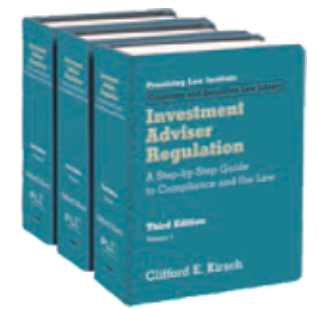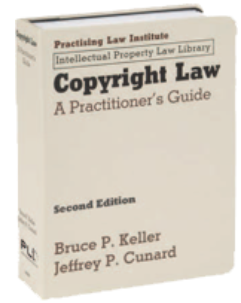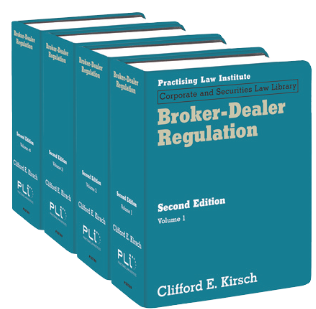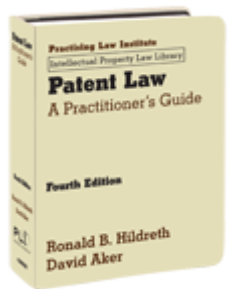
Investment Adviser Regulation: A Step-by-Step Guide to Compliance and the Law (Third Edition) is an essential resource for investment advisers, securities attorneys, compliance personnel, and federal and state regulators. This treatise guides practitioners through the maze of statutory, SEC, and state standards impacting investment advisers, as well as provides advice on the practical aspects of building a practice. It also clarifies key status issues that determine registration and disclosure duties as well as liability exposure.
The new release includes the following updates:
- Chapter 14, Privacy of Client Financial Information: An Overview, includes updated discussions regarding the FTC’s amendments to the Safeguards Rule,; the NYDFS’s finalization of amendments to the Cybersecurity Regulation that require additional governance obligations regarding the Chief Information Security Officer ’s role and resources; and the Bermuda Personal Information Protection Act (PIPA), which applies to organizations that use personal information in Bermuda.
- Chapter 42, Mutual Funds, covers the most recent reporting requirements affecting mutual funds.
- Chapter 43, Managed Advisory Accounts & Wrap Fee Programs, discusses the SEC’s Division of Examinations April 2024 risk alert that highlights the Division staff’s observations regarding compliance with the Marketing Rule.
- Chapter 54, Municipal Advisor Regulation, discusses enforcement actions related to municipal advisors regarding both their regulatory obligations and their fiduciary obligations. In addition, this update provides further analysis of the interrelationship between municipal advisory activities and other professional activities undertaken by municipal advisor firms. The discussion of applicable MSRB and SEC rules is also updated to reflect more recent rulemaking by the MSRB.
- Chapter 64, Blockchain and Digital Assets, updated to cover regulatory developments involving digital securities and commodities.
The Table of Authorities and Index have also been updated for this release.
Order a print copy today.








